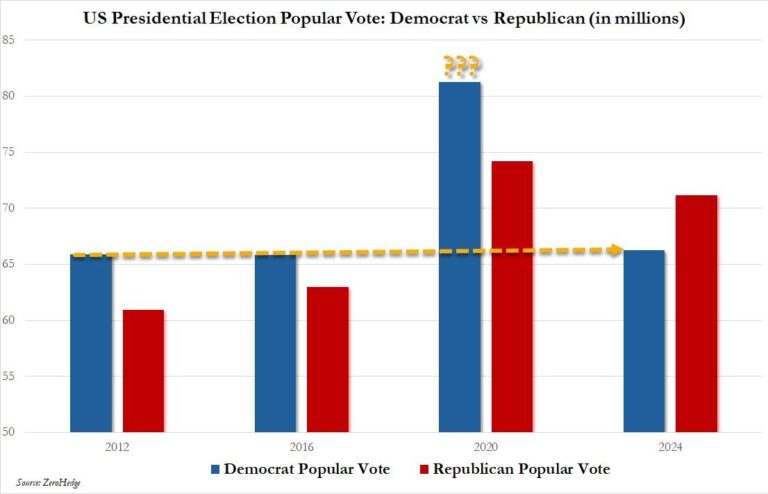God save us from PhD candidates, and for that matter people with PhD’s.
I honestly believe that the stupidest things said on the planet are said by people with advanced degrees. This is a terrific example. A couple of academics presented a paper at the Congress of Humanities and Social Sciences worried that the animal characters in children’s books often have mothers and fathers and don’t engage in male-male sex enough. Oh, and they’re racist too.
Parents who read their kids stories about happy, human-like animals like Franklin the Turtle or Arthur at bedtime are exposing their kids to racism, materialism, homophobia and patriarchal norms, according to a paper presented at the Congress of the Humanities and Social Sciences.
Most animals portrayed in children’s books, songs and on clothing send a bad message, according to academics Nora Timmerman and Julia Ostertag: That animals only exist for human use, that humans are better than animals, that animals don’t have their own stories to tell, that it’s fine to “demean” them by cooing over their cuteness. Perhaps worst of all, they say, animals are anthropomorphized to reinforce “socially dominant norms” like nuclear families and gender stereotypes.
“[M]uch of young children’s media reproduces and confirms racist, colonial, consumerist, heteronormative, and patriarchal norms,” Timmerman and Ostertag write in their paper ‘Too Many Monkeys Jumping in Their Heads: Animal Lessons within Young Children’s Media,’ presented at Congress Wednesday.
As far as racist themes being presented, it seems to me that as someone who’s read hundreds of children’s books, most of the animal characters are mostly all sorts of weird colors like purple or green. So I’m not sure how that might be racist.
As far as children’s books pushing the nuclear family, I think that one of the problems is that actual animals don’t have two Mommies or two Daddies. That’s a human invention. Conception kind of requires a male and female going all Nat- Geo on each other. Sorry.
So it turns out that children’s books may adhere a little closer to reality than say a couple of academics at the Congress of Humanities and Social Sciences.


